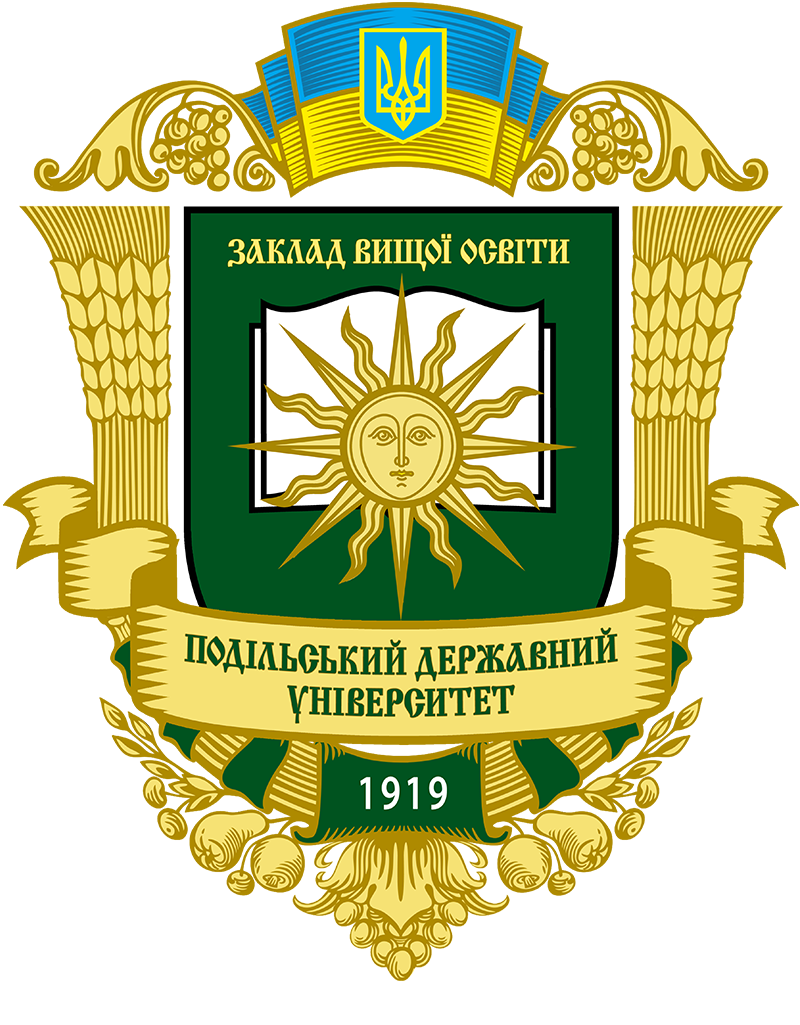MODELING OF PASSENGER ROUTE TRANSPORTATION TECHNOLOGY
DOI:
https://doi.org/10.37406/2706-9052-2023-3.14Keywords:
route, system, transport, payback, profit, quarter, modelingAbstract
The paper continues the examination of the built model of the passenger transport route network. The model proposed in previous studies, unlike the existing models of passenger transport routes, takes into account the aggregate functioning of the route in the environment of competitors’ routes and the possible existence of two or more networks in one region. The parameters of route operation are important in managing the route and the entire transport system of passenger transport routes. Taking into account the systematic nature of such functioning in the model makes it possible to make management decisions, taking into account internal and external factors of influence on the system and its individual elements, which can be used as individual routes. The paper describes a part of modeling the operation of road transport. The parameters for making decisions on transportation management are the net profit on the route from its operation over time, the payback period of the project for the purchase of vehicles for this route, the net discounted income and the cost of maintaining personnel for the maintenance of this route. Based on previous studies, it is believed that these selected parameters are relevant for solving technical, economic and social problems in regional transport management. The modeling provided an opportunity to establish payback models for projects, financial flows, and others. The resulting graphical models prove that if a certain region of passenger transportation is identified, it can be modeled and models of the development of certain events can be obtained. Graphical models are likely to have certain laws of distribution of the calculated parameters. Investigating the possibilities of determining the direct or indirect effects of route functioning factors on its parameters is a promising area for further research. The interconnectedness of technical and economic parameters in the functioning of a transport route in the system is direct or immediate and requires study and modeling to make the right management decisions in obtaining social or socio-economic results.
References
COVID-19: Transforming air passengers’ behaviour and reshaping their expectations towards the airline industry / A. Afaq, L. Gaur, G. Singh, A. Dhir. Tourism Recreation Research. 2021. № 6. С. 22–39 doi:10.1080/02508281.2021.200821.
Comparative study on hybrid linear and nonlinear modeling framework for air passenger traffic forecasting / Y. Bao, D. Yi, T. Xiong, Z. Hu. Advances in Information Sciences and Service Sciences. 2011. № 3 (5). С. 43–254. doi:10.4156/aiss.vol3.issue5.28.
The boeing 737 maxreturn to service and competition: How passengers’ preferences would change due to the latent fear of flying / A. Bravo, D.R. Vieira, G. Ferrer. Journal of Modern Project Management. 2020. № 8 (3). С. 113–123. doi:10.19255/JMPM02510.
Cai J., Zhang N. The dynamic correlation between civil aviation passenger traffic volume and its influential factors based on DCC-GARCH model. 2020. № 2. С. 35–46. Doi:10.1007/978-981-13-9406-5_76.
Dang Y., Li W. Air passenger flow structure analysis with network view. Jiaotong Yunshu Xitong Gongcheng Yu Xinxi. Journal of Transportation Systems Engineering and Information Technology. 2010. № 10 (5). С. 167–174.
Dang Y., Song S. Invulnerability analysis of chinese air passenger flow network based on centrality. Complex Systems and Complexity Science. 2013. № 10 (1). С. 75–82.
Fassiaux S. The difficult balance between the crisis of the aviation sector and air passenger rights in the era of covid-19. Le difficile equilibre entre la crise du secteur de l’aviation et les droits des passagers aeriens a l’ere du covid-19; El difícil equilibrio entre la crisis del sector aéreo y los derechos de los pasajeros en la era de la covid-19. Revista De Derecho Comunitario Europeo. 2021. № 68. С. 185–225. Doi:10.18042/cepc/rdce.68.06.
Huang F., Peng J., You M. Analyses of characetristics of air passenger group mobility behaviors. Wuli Xuebao. Acta Physica Sinica. 2016. № 65 (22). С. 65–75. Doi:10.7498/aps.65.228901.
Ida Y. Changes of air passenger distribution patterns in japan. Japanese. Journal of Human Geography. 1993. № 45 (3). С. 221–243. Doi:10.4200/jjhg1948.45.221.
Jing He.J., Xu L., Ning Guo X. Air passengers’ purchasing behavior of specialty products at airport: An empirical study. Paper presented at the ACM International Conference Proceeding Series. 2021. № 6. С. 13–17. Doi:10.1145/3503491.3503494.
Urban functions of guangzhou and shenzhen focusing on the city network relationship: A comparative analysis on the original places of air passenger flow / G. Leixian, W. Xiaoli, G. Xiaofang, Z. Xuejun, K. Changcheng. Tropical Geography. 2021. № 41 (2). С. 229–242. Doi:10.13284/j.cnki.rddl.003323.
An analysis and decomposition ensemble prediction model for air passenger demand based on singular spectrum analysis. Xitong Gongcheng Lilun Yu Shijian / X. Liang, Z. Guo, Q. Zhang, M. Yang, S. Wang. System Engineering Theory and Practice. 2020. № (7). С. 1844–1855. Doi:10.12011/1000-6788-2019-1010-12.
An integrated forecasting model for air passenger traffic in china based on singular spectrum analysis. Xitong Gongcheng Lilun Yu Shijian / X. Liang, H. Qiao, S. Wang, X. Zhang. System Engineering Theory and Practice. 2017. № 37 (6). С. 1479–1488. Doi:10.12011/1000-6788(2017)06-1479-10.
Reyna O.S.S., De La Mota I.F. Complex networks of the air passenger traffic in Culiacan’s airport. Paper presented at the 30th European Modeling and Simulation Symposium. 2018. № 18. С. 123–128.
Rodríguez-Doncel V., Santos C., Casanovas P.A model of air transport passenger incidents and rights. 2014. № 6. С. 22–41. Doi:10.3233/978-1-61499-468-8-55.
Saifei N., Renxu G. The spatial and temporal dimensions of the interdependence between the air passenger industry and regional economy in the yangtze river delta. Tropical Geography. 2021. № 41 (2). С. 340–350. Doi:10.13284/j.cnki.rddl.003324.
Sharma H. K., Kumari K., Kar S. Short-term forecasting of air passengers based on the hybrid rough set and the double exponential smoothing model. Intelligent Automation and Soft Computing. 2019. № 25 (1). С. 1–14. Doi:10.31209/2018.100000036.
Valutytė R. Striking a healthier balance between air passenger rights and air carriers’ vital interests in the light of COVID-19. Entrepreneurship and Sustainability Issues. 2020. № 8 (2). С. 546–558. Doi:10.9770/jesi.2020.8.2(33).
Time-varying forecast averaging for air passengers in china. Xitong Gongcheng Lilun Yu Shijian/System / J. Zhang, Y. Sun, X. Zhang, S. Wang. Engineering Theory and Practice. 2020. № 40 (6). С. 1509–1519. Doi:10.12011/1000-6788-2020-0443-11.
Zuo P., Li H., Liu W. Development of 8 kW charging generator for railway air-conditioned passenger car. Zhongguo Tiedao Kexue/China Railway Science. 2010. № 31 (2). С. 137–140.










